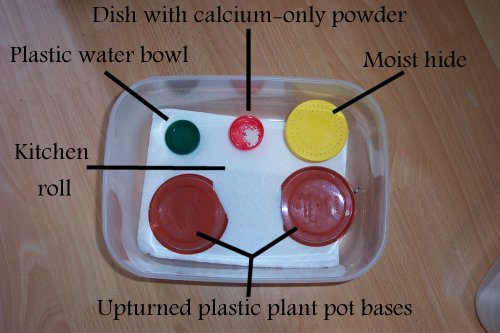
Baby Leopard Gecko Care: A Comprehensive Guide for Nurturing Your Tiny Reptile
Leopard geckos, with their captivating patterns and docile nature, have become increasingly popular as pets. While caring for adult leopard geckos is relatively straightforward, baby leopard geckos require specialized care to ensure their optimal growth and well-being. This comprehensive guide will provide you with all the essential information you need to provide exceptional care for your baby leopard gecko.
Housing and Enclosure
Size and Setup:
- Hatchling leopard geckos should be housed in a 10-gallon tank.
- As they grow, gradually increase the tank size to 20 gallons for adults.
- The enclosure should have a secure lid to prevent escapes.
Substrate:
- Paper towels or reptile carpet are suitable substrates for baby leopard geckos.
- Avoid loose substrates like sand or soil, as they can be ingested and cause impaction.
Hides:
- Provide multiple hides for your baby gecko to feel secure and protected.
- Use a variety of hides, such as caves, logs, and foliage.
Heating and Lighting:
Temperature Gradient:
- Create a temperature gradient within the enclosure, with a warm side and a cool side.
- The warm side should be 85-90°F (29-32°C), and the cool side should be 75-80°F (24-27°C).
Heat Source:
- Use an under-tank heater or a heat lamp to provide warmth.
- Place the heat source on one side of the enclosure to create the temperature gradient.
UVB Lighting:
- Provide UVB lighting for 10-12 hours per day.
- UVB light is essential for calcium absorption and overall health.
Humidity:
- Baby leopard geckos require a humidity level of 30-40%.
- Mist the enclosure lightly once or twice a day to maintain humidity.
Feeding
Diet:
- Baby leopard geckos should be fed small insects, such as crickets, mealworms, and dubia roaches.
- Dust insects with calcium powder twice a week and vitamin powder once a week.
Feeding Frequency:
- Feed hatchlings daily.
- As they grow, gradually reduce the feeding frequency to every other day.
Water:
- Provide a shallow water dish filled with fresh water at all times.
- Change the water daily to prevent contamination.
Health and Maintenance
Shedding:
- Baby leopard geckos shed their skin regularly.
- Provide a humid hide to aid in shedding.
- If your gecko has difficulty shedding, you can gently soak it in warm water for 10-15 minutes.
Toe Clipping:
- Toe clipping is not necessary for baby leopard geckos.
- However, if you choose to clip their toes, do so carefully and only remove the tip of the toe.
Veterinary Care:
- Take your baby leopard gecko to a qualified veterinarian for regular checkups.
- This will ensure that your gecko is healthy and free from any underlying conditions.
Handling
- Handle your baby leopard gecko gently and with care.
- Support their body and avoid squeezing or holding them too tightly.
- Wash your hands before and after handling your gecko.
Common Health Issues
- Impaction: Ingestion of loose substrate can lead to impaction.
- Metabolic Bone Disease: Lack of UVB lighting and calcium can cause metabolic bone disease.
- Respiratory Infections: Improper humidity levels or exposure to drafts can lead to respiratory infections.
- Parasites: Baby leopard geckos can be susceptible to parasites, such as pinworms and coccidia.
Conclusion
Caring for baby leopard geckos requires attention to detail and a commitment to providing a suitable environment for their growth and well-being. By following the guidelines outlined in this comprehensive guide, you can ensure that your tiny reptile companion thrives and brings you years of joy and companionship. Remember to consult with a qualified veterinarian for any health concerns or specific care advice.
